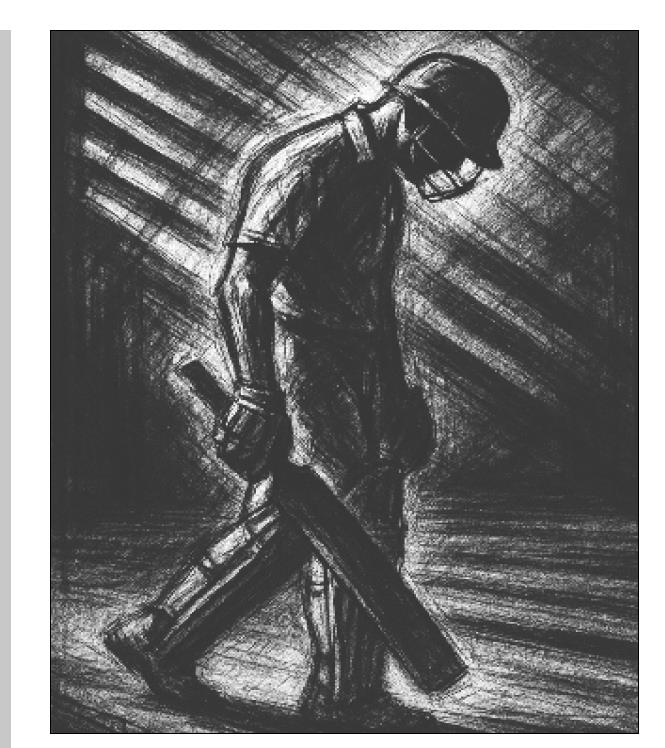Years of challenges have hurt cricket
2025-09-26
CRICKET has always been more than a sport in Pakistan and India. It has been a unifying force, creating moments of competitive excitement, social interaction and nationalpride.In recentyears, however, cricket has increasingly been overshadowed by politics. The happenings at the ongoing Asia Cup in the United Arab Emirates (UAE) have not been isolated cases. The two matches between Pakistan and India have not been anywhere close to being the gentleman`s game they once were. The rivalry has become more political than sporting.
The first game was dominated by the handshake incident, while in the second game, a `caught behind` dismissal and a few `celebrations` were talked about more than the match itself. While disputes of such nature are not unprecedented, what has setthe recentincidents apartisthe backing of national boards and governments, adding pressure on players beyond the field.
As for the quality of cricket, Pakistan`s performance in the second game against India was arguably their best in recent years. Yet, it was not good enough. To understand the current challenges, regardless of what happens at the Asia Cup, it is essential to look at historical events that have shaped Pakistan cricket`s decline and India`s rise trends that are often visible only with hindsight.
The 2009 attack on the Sri Lankan team was a turning point. International cricket stayed away from Pakistan for over six years, depriving an entire generation of the opportunity to learn from live games.
Ground maintenance and investment also suffered, making it difficult to nurture top talent.In contrast,the neighbours flourished during this time, with the Indian Premier League (IPL) emerging as the world`s richest cricketleague. Stadiums in more than 15 venues have been built in India over the last decade that can hold international matches.
Pakistan, on the other hand, has built none.
The 2010 spot-fixing scandal at Lord`s further set Pakistan cricket back by abruptly removing three top-class players, particularly a promising bowling duo.
Leadership instability has also been a recurring issue; Pakistan has had 10 captains since 2009, with only Misbahul Haq providing long-term stability in Tests. India, in contrast, consistently backed leaders like Mahendra Singh Dhoni, Virat Kohli and Rohit Sharma.
Looking ahead, Pakistan cricket must plan for the next decade. Investment in infrastructure and player development is critical, and players must feel supported to encourage the next generation to pursue cricket professionally.
The Pakistan Cricket Board (PCB) also needs strategies to counter tactics and narratives. It must prioritise structured training programmes, particularly for captains, to build situational awareness and strategic decision-making skills.
Cricket can still be Pakistan`s unifying force, but only if the right investments and leadership strategies are put in place today. The next decade will actually determine whether or not Pakistan cricket can regain its past glory and fame. One hopes it will, but we will have to wait and see.
Adil Shah Hebden Bridge, UK




